“Ammonium Nitrate 500gm” has been added to your cart. View cart

Cooling Mint Floral fragrance
$17,000.00 Original price was: $17,000.00.$15,500.00Current price is: $15,500.00.

Dextrose monohydrate 500gms
$2,300.00 Original price was: $2,300.00.$2,200.00Current price is: $2,200.00.
Sodium acetate anhydrous 99% 500gms
$2,500.00 Original price was: $2,500.00.$2,300.00Current price is: $2,300.00.
Whatsapp Order
Sodium acetate, with the chemical formula CH3COONaCH3COONa, is a versatile compound commonly used in laboratories for various applications.
SKU:
ACS73742CHEM0
Category: Analytical Reagents
Description
uses of Sodium acetate
- Buffer Solutions:
- pH Stabilization: Sodium acetate is a key component in buffer solutions, especially acetate buffers, which are used to maintain a stable pH in biochemical and chemical experiments. These buffers are particularly effective in the pH range of 3.6 to 5.6.
- Applications: Commonly used in enzyme reactions, cell culture media, and other biological assays requiring a specific pH environment.
- Precipitation of Nucleic Acids:
- DNA/RNA Isolation: Sodium acetate is used in the precipitation of DNA and RNA from aqueous solutions. By adding sodium acetate and alcohol (ethanol or isopropanol), nucleic acids can be precipitated and separated from the solution, facilitating their purification and concentration.
- Procedure: After adding sodium acetate and alcohol to the nucleic acid solution, the mixture is often cooled, centrifuged, and the precipitated nucleic acids are collected.
- Chemical Synthesis:
- Source of Acetate Ions: Sodium acetate provides acetate ions for various organic synthesis reactions.
- Applications: Used in the synthesis of esters, acetylation reactions, and as a catalyst in certain organic transformations.
- Heat Packs:
- Exothermic Crystallization: Sodium acetate is used in reusable heat packs. A supersaturated solution of sodium acetate releases heat upon crystallization, which can be triggered by flexing a metal disc within the pack.
- Mechanism: The solution remains liquid until the disc is clicked, initiating crystallization and an exothermic reaction that releases heat.
- pH Adjustment:
- Solution Preparation: Sodium acetate is used to adjust the pH of various solutions in chemical and biological protocols.
- Control: It is often added to acidic or basic solutions to achieve a desired pH level.
- Electrophoresis:
- Buffer Preparation: In electrophoresis, sodium acetate can be used to prepare running buffers, particularly for RNA electrophoresis.
- Function: Helps maintain the ionic strength and pH of the buffer system during the separation process.
- Titration:
- Analytical Reagent: Sodium acetate is employed as a reagent in titration methods, such as complexometric titrations involving EDTA.
- Role: Acts as a buffering agent to maintain a stable pH during the titration process.
- Food Preservation (Industrial Use):
- Preservative: Although not strictly a laboratory use, sodium acetate is also used as a preservative in the food industry to inhibit microbial growth and as a flavoring agent (E262).
- Applications: Helps in extending the shelf life of various food products.
Reviews (1)
1 review for Sodium acetate anhydrous 99% 500gms
Add a review Cancel reply
Related products
Agar Agar Powder
Agar agar powder refers to the dehydrated and powdered form of agar agar, a natural gelling agent derived from seaweed. It is made by drying and grinding the agar agar gel, resulting in a fine powder with excellent gelling properties. Agar agar powder is commonly used in cooking, baking, and food preparation as a vegetarian and vegan substitute for gelatin. It is prized for its ability to create firm and stable gels at relatively low concentrations and temperatures. Agar agar powder is versatile and can be used in a variety of recipes, including desserts, confectioneries, jams, jellies, and savory dishes.
Aluminum Hydroxide 250gm
Aluminium hydroxide is a chemical compound with the formula Al(OH)3. It is an inorganic compound that is commonly used as an antacid to neutralize excess stomach acid, as well as a component in the manufacture of various products, such as ceramics, paper, and cosmetics. It is a white, powdery substance that is insoluble in water and has a low toxicity. When heated, it decomposes to produce aluminium oxide, or alumina, which is used in the production of aluminium metal.
Aluminum Oxide 500 grams
Aluminum oxide, often referred to as alumina, is a chemical compound made up of aluminum and oxygen atoms (Al2O3). It occurs naturally in various minerals, including corundum and bauxite. It is one of the most widely used compounds, valued for its hardness, strength, and resistance to abrasion and corrosion.
Ammonium Ferric Sulphate 500gm
Ammonium Oxalate 500gm
Ammonium Sulphate 500gm
Anhydrous Aluminum Chloride
Anhydrous aluminum chloride, often represented as AlCl3, is a chemical compound composed of aluminum and chlorine. "Anhydrous" means it lacks water molecules in its structure. It's a white or pale yellow solid that is highly hygroscopic, meaning it readily absorbs moisture from the air. This property makes handling it a bit tricky since it can form a solution with water vapor in the air, turning into a fuming liquid.



 LABORATORY EQUIPMENT & APPARATUS
LABORATORY EQUIPMENT & APPARATUS
 Fertilizers
Fertilizers Plant Growth Regulators
Plant Growth Regulators Soil Conditioners
Soil Conditioners Animal Feed Additives
Animal Feed Additives Biostimulants
Biostimulants Dough Conditioners
Dough Conditioners Flour Treatments
Flour Treatments Fat Replacers
Fat Replacers Preservatives (baking)
Preservatives (baking)
 Surfactants (cleaning)
Surfactants (cleaning) Builders
Builders Bleaching Agents
Bleaching Agents Enzymes
Enzymes Solvents (cleaning)
Solvents (cleaning) Fragrances
Fragrances




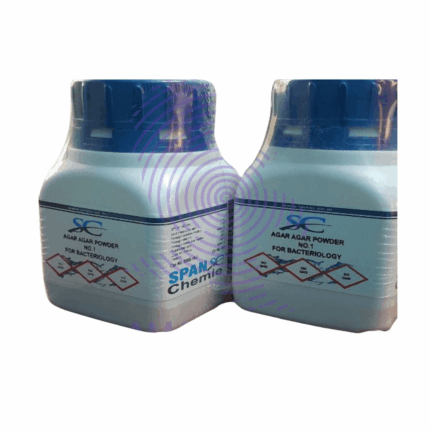
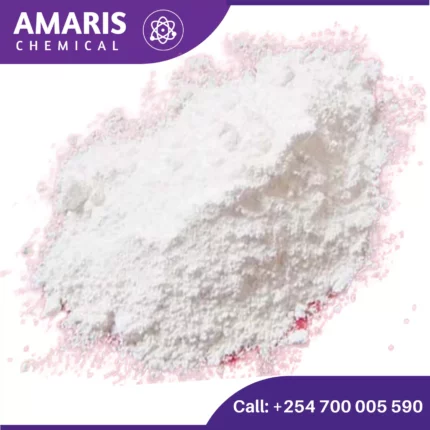
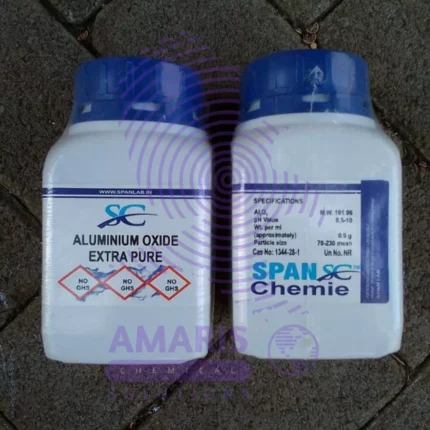
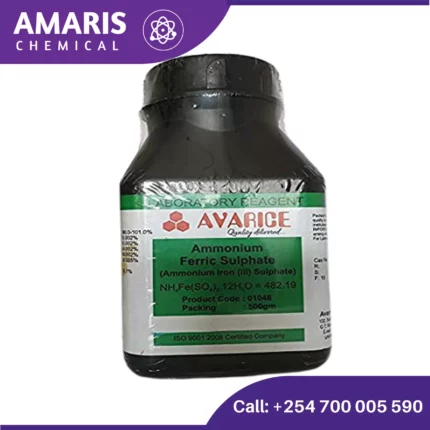
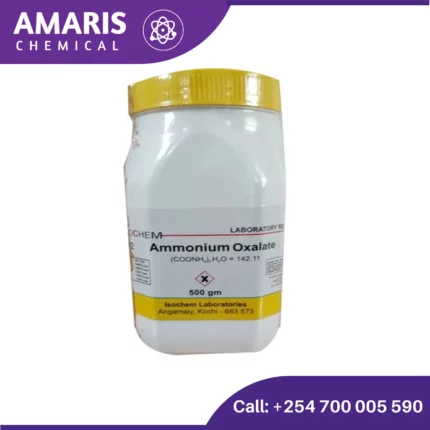

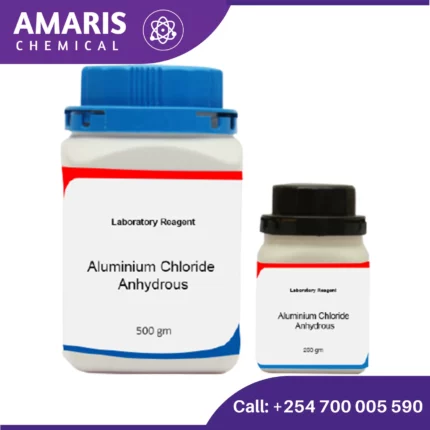
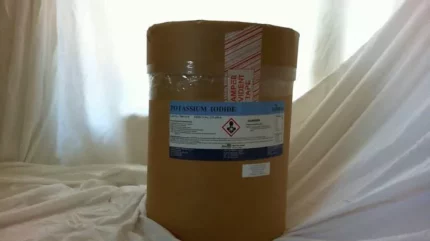













Nandwa –
Its highly soluble in water